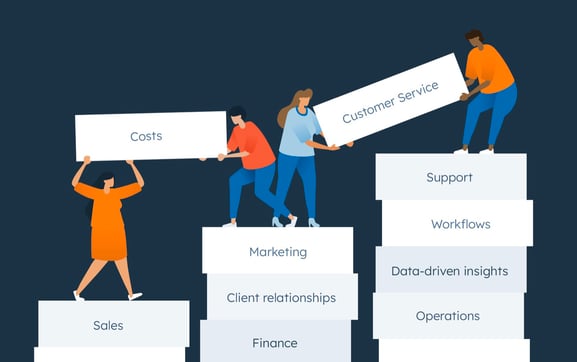New subscriptions for FWA in Q1 2022 exceed expectations, with one carrier reporting over 1 million … [+]
getty
The most significant competitor to broadband internet brought to the home or business via DSL, cable or fiber with Wi-Fi connecting devices is 5G for home service, also known as Fixed Wireless Access (FWA). FWA in conjunction with 5G is a scalable, cost-efficient high speed broadband technology, with a wireless connection providing the “last mile.” While the tower is connected to a larger network with wires and/or radio links. No wires are required to the customer’s premises, only a wireless receiving device. Here are five things to know about the transformative FWA market.
1. Substitute, not supplement
Regulatory advocates and cable providers have maintained that wireless broadband is a supplement, not a substitute, for wireline broadband. However with increasing capacity and competitive prices, consumers find that FWA satisfies their broadband needs. There are already some 7 million FWA households in the US. For the first quarter of 2022, T-Mobile just reported 1 million FWA customers, a year after launch. Verizon added 194,000 FWA net subscriptions, 2.5 times the fourth quarter 2021 level. AT&T has half a million FWA customers. In local markets across the country, dozens of small and medium-sized providers occupy the FWA space. FWA is soon expected to account for 10 percent of all US broadband connections. By contrast, FTTH comprises about 20% of all US connections today.
2. Spectrum
FWA is compatible with any radio frequency, but rollout will depend on operators’ access to frequencies and existing wireless services. Frequencies used include 800MHz, 1.8GHz and 2.1GHz bands for rural and suburban areas and 2.3 GHz and 2.6 GHz for urban areas. While the US is considered a world leader in commercial spectrum management, federal usage of spectrum is largely unchanged for the last century. Although the US has enjoyed record-setting spectrum auctions like the C-band, it lags on sufficient mid-band spectrum relative to other modern nations. This scarcity has made private wireless providers efficient users of spectrum while federal users maintain increasingly obsolete technologies. Consider that because of lack of standards, 50-year-old altimeters can still be used in airplanes, however mobile base stations are kept up to date with international technical process.
3. Services and the Internet of Things (IoT)
While the current use case for FWA is home and office broadband (think streaming video entertainment, web surfing, and social media), FWA incorporates the larger 5G technical standards and capabilities for speed, security, and reliability. This means that FWA can power the industries of the future with continuous, secure, low-latency connectivity like advanced telemedicine, autonomous vehicles, augmented reality/virtual reality, and solutions for the manufacturing and energy sectors.
4. Coverage
New antenna technologies like multiple-input, multiple-out (MIMO) in cell towers can deliver more capacity over greater distance. Instead of indiscriminate signals sent in all directions, the smart signal targets the receiver exactly where it is. As such, FWA is emerging as solution for suburban and rural areas with speeds as high as 1 Gbps (1000 gigabits) over four miles.
5. Competition and the copper killer
The explosion in wireless technologies in the US has led to price cuts in wireline broadband. Prices for wireline technologies have fallen as much as 42 percent in the last six years. In countries with heavy DSL usage like Germany and the United Kingdom, FWA is considered the “copper killer” because it is more cost effective to access high speed wireless broadband than existing DSL networks. AT&T recently announced slashing its copper footprint in half by 2025, and Verizon has already upgraded 4.5 million circuits on its network from copper. Internationally, Norway is in the process of decommissioning all DSL networks.
Advancements in 5G technology have transformed the viability of wireless as a home broadband solution. FWA’s high speeds and low latency can serve as a true substitute to cable’s wired broadband connections. Lower costs and a reduction on constraints in the last mile means more homes and businesses will be able to get online, getting us closer to ending the digital divide. As wireless carriers continue to innovate and deploy large blocks of spectrum, FWA will reach millions of Americans and consumers across the globe.





More Stories
iZigg Mobile Review – Does iZigg Mobile Marketing (90210) Really Work?
Internet Fax Services – Do’s and Don’ts
An Introduction To IPTV